Humans have had a long love affair with natural plants that have the ability to alter one’s perception of their world. We can look back thousands of years and see this relationship with many different plants, like the direct evidence of humans consuming cannabis as a drug discovered in a 2,500-year-old cemetery in Central Asia.
Plants containing mind-altering substances can induce feelings and physical reactions that range from mild to severe. These reactions can also be beneficial or harmful, depending on the dosage.
Here are ten different naturally occurring plants that can alter the human brain:
Papaver somniferum (Opium Poppy)

The opium poppy is harvested by cutting the unripe seed capsules, causing a milky latex to be secreted. The milky latex is the source of raw opium which is then processed into morphine, codeine, and heroin. These drugs have strong effects on the brain and the spinal cord, with their main focus being to relieve or suppress pain. The physiological effects of the plant include slowed heartbeat, smoothening of the gastrointestinal tract muscles, and suppressing cough reflexes. The plant is widely used in medical procedures to induce analgesia (or reduce pain).
Lophophora williamsii (Peyote)
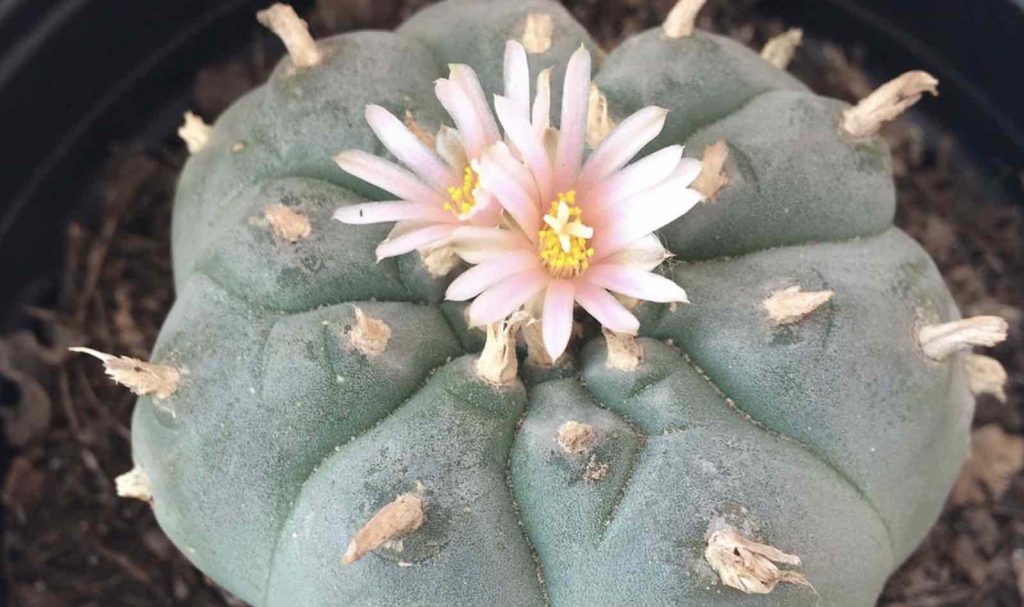
This plant is typically comprised of 0.4% mescaline, but can be as much as 3-6%, potentially causing severe hallucinating effects. The plant is a small cactus which is often found in the Chihuahuan Desert of Texas and northern Mexico. The effects of the plant typically include mood and personality changes. A constant hallucination is among the visual effects caused by the plant, while side effects include nausea and vomiting. Unlike many hallucinating drugs, peyote is not addictive and is often used by shamans and ritualists.
Salvia divinorum (Salvia)
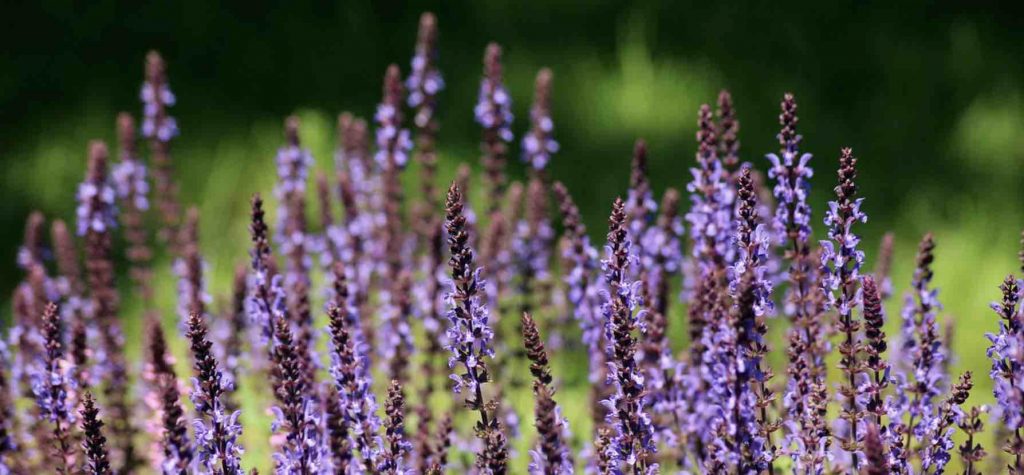
This plant has been used for decades to induce an altered state of consciousness. The leaves of the plant can be eaten and smoked, which activate specific nerve cell receptors in the human body. The effects induced are intense and include mood and body sensations along with detachment feelings and altered perception of self.
Cannabis sativa (Cannabis)
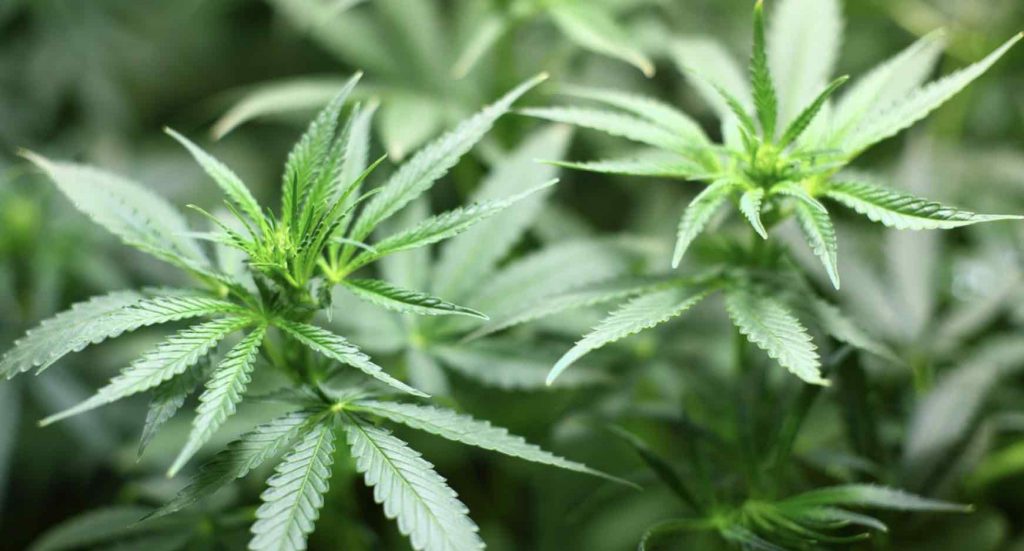
Cannabis, commonly known as marijuana, is often used in medical and recreational fields. The plant exists in varying composition, thus causing the induced effects to be wide ranging. Cannabis is widely used in medical procedures to numb the excited part of a patient’s brain. The effects of the plant include drowsiness, unsteadiness, and muscular incoordination. The drug can be ingested via eating or smoking it.
Banisteriopsis caapi (Ayahuasca)

This South American vine is commonly used to make psychoactive drinks and is known to create dramatic life-changing experiences to users. A recent 2018 medical study found that ayahuasca could hold promise as a fast-onset antidepressant in treatment-resistant depression. Common side effects include vomiting, diarrhea, and hot/cold flushes.
Areca catechu (Betel nut)

Betel nut chewing is considered a common practice in South Asia. Betel nut is among the most well-known drugs in the world. The drug is known to be used in cultural traditions, but there are significant health issues associated with it including oral and esophageal cancer.
Nicotiana tabacum (Tobacco)
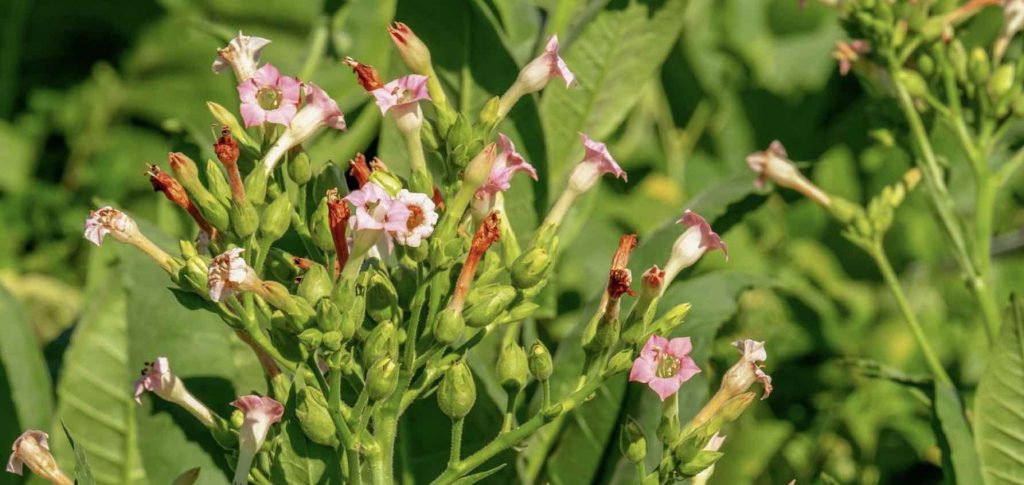
Nicotine is used as a central ingredient in cigarettes, cigars and snuff. Apart from being an addictive drug, nicotine is used to induce a soothing effect as it successfully blocks the stress stimuli in the body. Side effects include nausea, headaches, and stomach pains.
Datura stramonium (Jimson Weed)
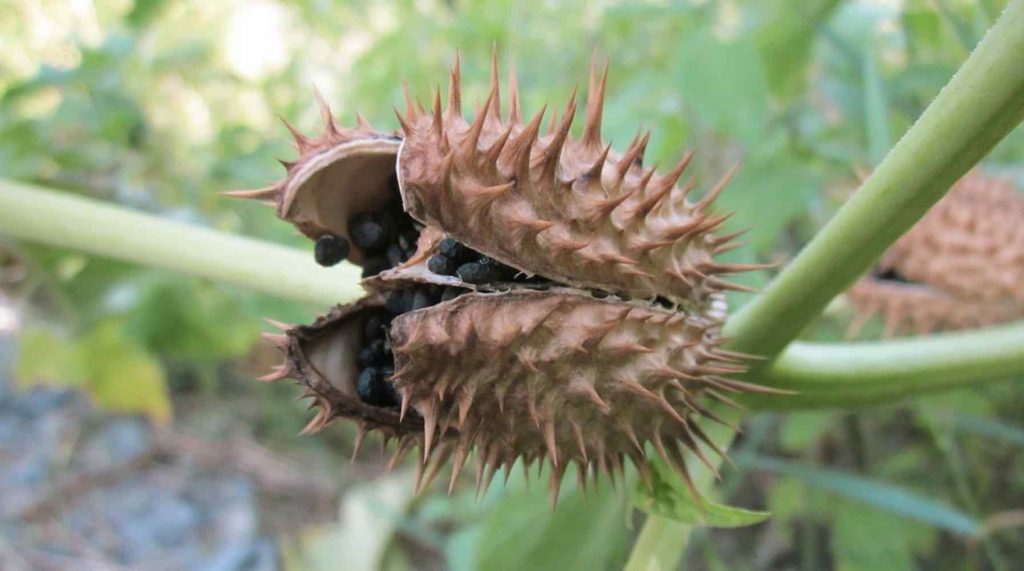
The leaves of this plant contain alkaloids which are responsible for the hallucinating effects experienced by users. It is well-known for acting as a deliriant and producing spiritual revelations, with side effects including blurred vision and paranoia. Jimson Weed can be deadly if consumed in the wrong manner.
Erythroxylum coca (Coca)

Coca can be used for creating intense euphoric feelings and is also known for causing a decreased appetite, relief from fatigue, and an increase in mental cognitive abilities. The side effects of the drug are namely paranoia, tactile hallucinations, and prolonged sleep problems.
Desfontainia spinosa
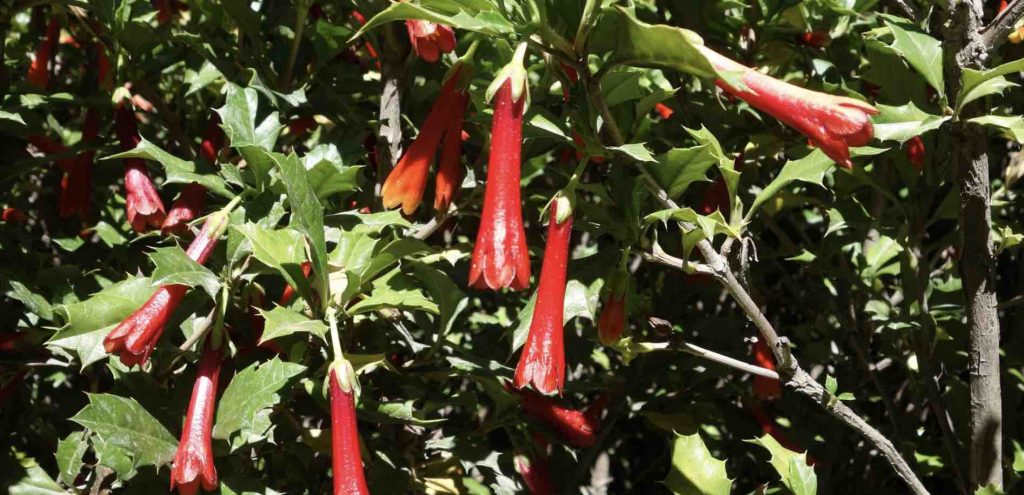
This plant is mainly cultivated in Europe and the rainforests of Chile and Argentina and is known to affect vision and cause strong hallucinations. The plant can provide stress relief, but side effects can include nausea, vomiting and drowsiness.